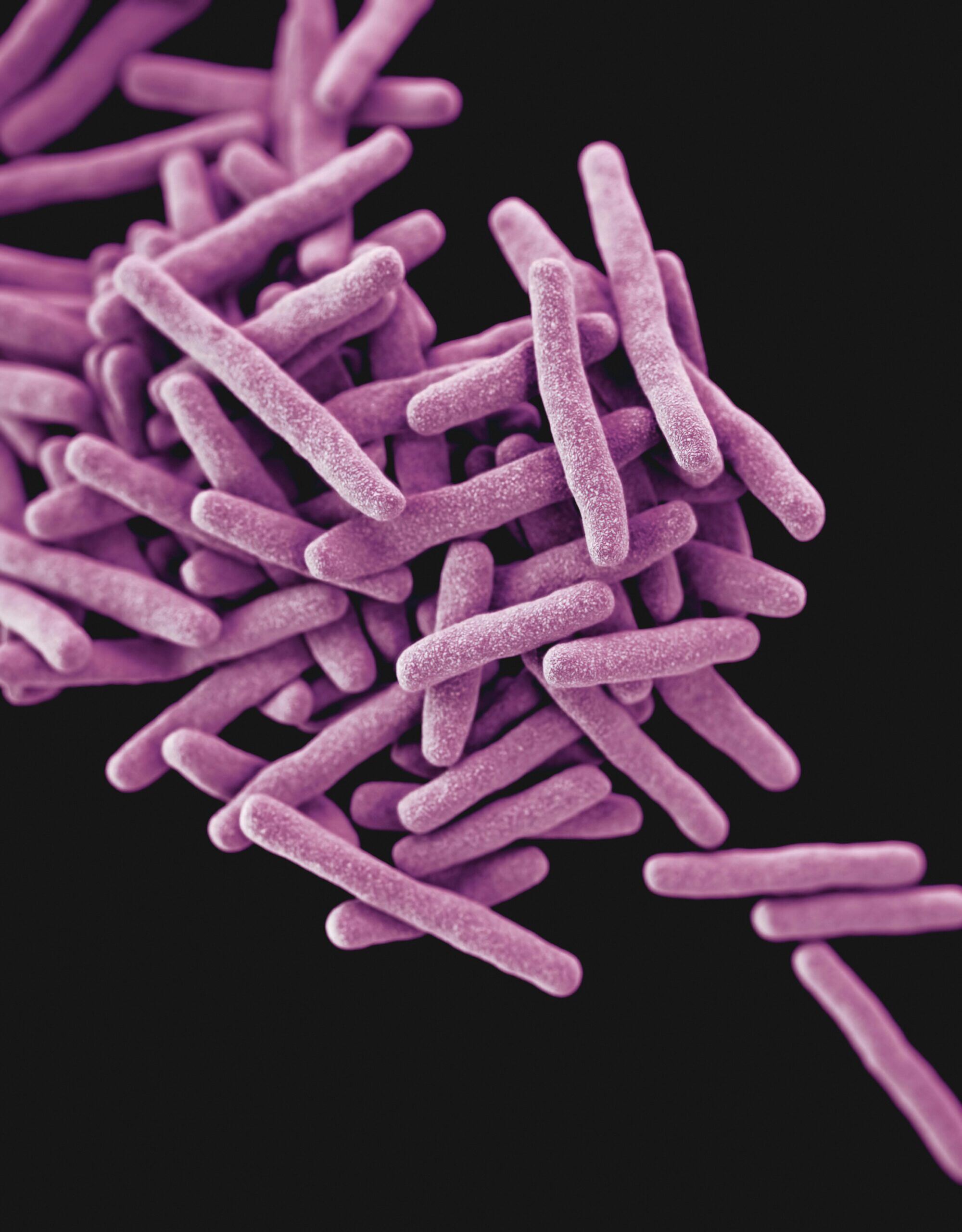- Home >
- Learning centre >
- Science blog >
- Eradicating the Ancient Enemy: The Modern Battle Against Tuberculosis – Challenges, Innovations, and the Promising Role of Microcalorimetry
Eradicating the Ancient Enemy: The Modern Battle Against Tuberculosis – Challenges, Innovations, and the Promising Role of Microcalorimetry
25th September 2023

Microcalorimetry is speeding up the detection of tb
Tuberculosis (TB) is one of the world’s oldest infectious diseases, yet it remains one of the leading causes of infectious death in the world. The United States-based Centers for Disease Control and Prevention (CDC) has highlighted some personal stories of TB victims in order to bring awareness of the prevalence of TB in the United States. In many cases, those who are diagnosed with TB weren’t even aware that it is still a global problem.
“Even though it’s so common in Mexico, specifically in Tijuana where…I spend a lot of my time, I was shocked that tuberculosis was still around,”
said Jackie, a TB survivor. “I think people should be aware just how common it is.”
Mary, the mother of a 17-month-old who was diagnosed with TB in the United States, also expressed surprise at her daughter’s diagnosis.
“We thought tuberculosis is [sic] an ancient disease. We thought it has [sic] been eradicated a long time ago,” she admitted.
TB has been around for up to 3 million years. So how, with all of medicine’s advances, does it still kill 1.5 million people per year?
TB IS A RELEVANT PROBLEM in need of of novel solutions
TB is caused by mycobacteria that infect approximately 10 million people per year. Approximately 15% of those with TB die every year, making it the second deadliest infectious disease in Europe and worldwide (following COVID-19). Multidrug-resistant TB (MDR-TB) bacterial strains are partly to blame for the high death rate, with 1 in 3 TB patients harboring an MDR-TB strain. In Europe, it is estimated that 30 people are diagnosed with TB every hour. The TB rate in Sweden in 2020 was 3.6 per 100,000 people. Dr. Robert Koch first identified the bacterium that caused TB on March 24th, 1882. Each year on that day, the WHO and partner organizations commemorate World Tuberculosis Day in order to spread awareness. However, as evinced by Jackie and Maria’s stories, public awareness is still lacking.
TB is difficult to diagnose and treat
TB has been around for millenia, and we have known of the causative agent for over 100 years. However, the main cause of TB, Mycobacterium tuberculosis (Mtb), has proven a particularly pesky bug to tackle. First, it divides extremely slowly with an ideal lab doubling time of 16 hours. This makes growing up study material for research time-consuming. Furthermore, the problem of multi-drug resistance (MDR) and even extensively drug-resistant (XDR) strains of Mtb have made an increasing number of existing cases of TB virtually untreatable.
Eradication efforts of TB focus mainly on early diagnosis and limitation of spread. Through early detection and treatment, it has been estimated that 66 million lives have been saved from TB between 2000 and 2020.
Challenges for the treatment of TB infections
Treatment against TB consists of systemic antibiotics. Since antibiotics target active bacteria and Mtb is so slow to divide, antibiotics are generally given for a minimum of 6 months. The majority of people undergoing treatment develop side effects including gastrointestinal issues, neuropathy, and hepatitis, to name a few. The high cost to both healthcare systems and patient welfare make it of paramount importance to ensure that patients receive an appropriate antibiotic regimen that will be effective against their specific Mtb bug. Making traditional microbiology techniques such as culturing impractical for isolation of TB-positive patients.
Detection of TB is complicated due to low microbial numbers and slow doubling times
Diagnosis is currently routinely done through smear microscopy for acid-fast bacteria. However, this is only a diagnostic test and cannot be used to test for drug resistance. TB is particularly difficult to diagnose in children due to limited sampling material and low presence of bacteria in the samples.
More modern tests that screen for genes can be used both to detect TB and screen for antibiotic resistance genes. While a great advance in TB diagnosis, this method requires previous knowledge on antibiotic resistance genes and will not detect new mutations. One method to detect TB is the BACTEC™ MGIT™ 960 TB System. The MGIT uses a fluorescent indicator to track the amount of oxygen that has been consumed in its closed system. This system, along with plating on solid media, is the gold standard for TB detection.
MICROCALORIMETRY IN TB DIAGNOSTICS
Microcalorimetry is another method that can be used to detect mycobacterial growth. The efficacy of different antibiotic therapies can also be assessed by microcalorimetry including mature biofilms. In a direct comparison to the MGIT system, the calScreener™ was able to detect TB with a good correlation to the MGIT system with 40% less inoculum needed. In the case of samples with a low colony forming unit (CFU) count, the calScreener™ was actually faster at detecting TB than the MGIT.
The calScreener™ is already being assessed as a tool for drug susceptibility screening in the clinics (Clinical Susceptibility). Eventually, the calScreener™ may also be commonplace in TB detection. Optimization of microcalorimetry as a TB detection method holds promise in offering rapid diagnosis of patients with even low mycobacterium levels, paving the way for better containment of spread.

STAY UP-TO-DATE
Subscribe to our newsletter and stay up to date with the latest news and updates